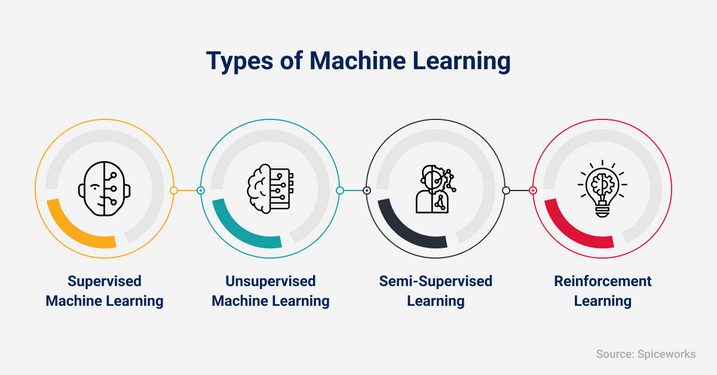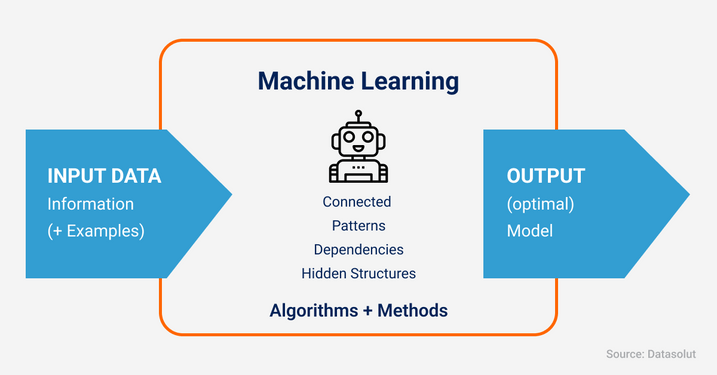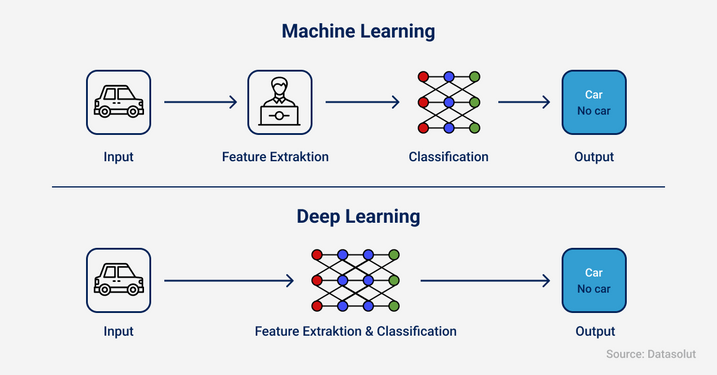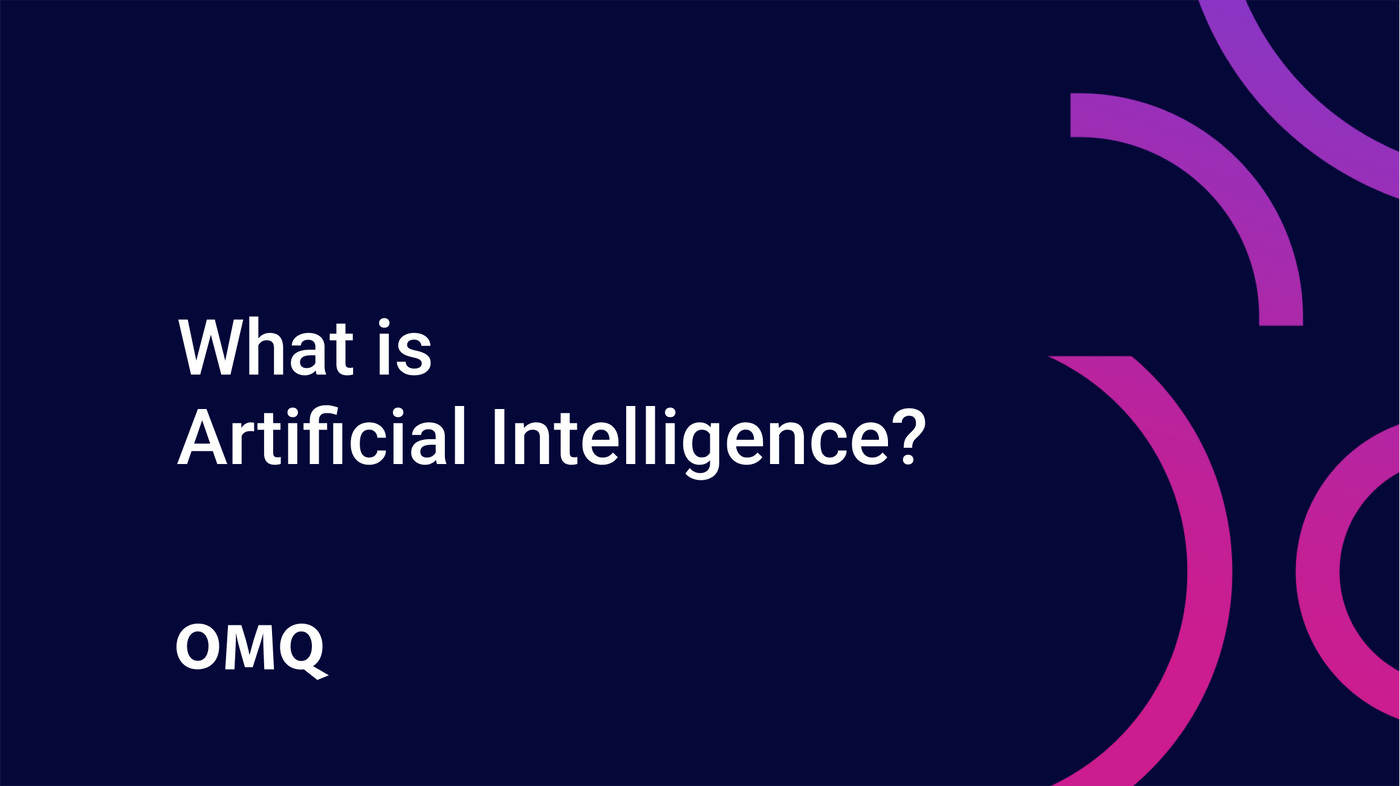Artificial Intelligence
What Is Machine Learning? A Beginner’s Guide to How It Works and Why It Matters
Learn what machine learning is – explained simply with practical examples, methods, and applications. Perfect for beginners!

Machine learning (ML) is an exciting and rapidly growing field of computer science and artificial intelligence that deals with the development of algorithms that can learn from data and make predictions or decisions.
Unlike traditional programming, where explicit instructions are coded, ML models learn from patterns and relationships in data and improve on their own.
- What is Machine Learning? Simply explained
- Key Components of Machine Learning
- Techniques and Methods of Machine Learning
- The Difference between Machine Learning and Deep Learning
- Example of machine learning: automated customer service with chatbots
- Challenges for Machine Learning
- The Future of Machine Learning
What is Machine Learning? Simply explained
Machine learning is a central component of artificial intelligence (AI). It enables computers to learn from data, recognize patterns, and make automated predictions—without any explicit programming. Using intelligent algorithms, machines analyze large amounts of data to derive rule-based decisions or forecasts for future events.
Key Components of Machine Learning
There are three main categories of machine learning: supervised learning, unsupervised learning and reinforcement learning.
- Supervised learning In supervised learning, algorithms are fed labeled training data, i.e. data where the answer or outcome is already known. The algorithm then learns to make predictions based on this data.
- Unsupervised learning: In contrast, unsupervised learning algorithms work with unlabeled data. They try to find patterns or structures in this data without being told what to look for.
- Reinforcement learning: In reinforcement learning, an algorithm learns through rewards and punishments. It tries to develop a strategy that maximizes the reward.

Types of Learning within Machine Learning.
Techniques and Methods of Machine Learning
There are a variety of techniques and methods in machine learning. Some of the most important are:
Preprocessing
Before data can be analyzed, it often needs to be preprocessed. This can include removing noise or irrelevant data, filling in missing data or converting categorical data into numerical formats.
Algorithms
There are many different algorithms in machine learning, from simple linear regressions to complex neural networks. Choosing the right algorithm depends on the type of data and the type of prediction to be made.
Validation
After a model has been trained, it needs to be validated. This usually means testing the model with a separate data set to see how well it makes predictions.
Optimization
Finally, a model can often be optimized using various techniques. This may involve adjusting the parameters of the model or using techniques such as regularization or boosting.

Simple Explanation of Machine Learning.
Applications of Machine Learning
Machine learning has a variety of applications in many different fields. Some examples are:
- Medicine: machine learning is used to diagnose diseases, create treatment plans and even develop new medicine.
- Finance: In the financial sector, machine learning is used to assess credit risk, predict stock prices and detect fraud.
- Marketing: In marketing, machine learning is used to analyze customer data, create personalized advertising and predict buying behavior.
- Transport: In the transport sector, machine learning is used to predict traffic patterns, optimize routes and improve autonomous driving technology.
- Image and speech recognition: Machine learning enables computers to understand images and recognize speech, enabling applications such as facial recognition and voice assistants.
The Difference between Machine Learning and Deep Learning
The difference between machine learning (ML) and deep learning (DL) lies mainly in the complexity of the algorithms and the techniques used. Both belong to the field of artificial intelligence (AI), but they take different approaches to data processing.
Machine learning enables computers to learn from structured data and make decisions without explicit programming. It uses algorithms such as decision trees, random forests, or support vector machines, which are primarily used for clearly structured tasks.
Deep learning is a specialized form of machine learning and uses artificial neural networks to recognize complex patterns in large, unstructured data sets (e.g., images, speech, or text). Through multiple processing layers, deep learning can automatically capture abstract concepts and deeper connections.
Machine learning is well suited for simpler applications with structured data.
Deep learning is ideal for demanding tasks such as speech recognition, image processing, or natural language processing (NLP).

The difference in functions of ML and DL.
Example of machine learning: automated customer service with chatbots
A common example of machine learning is the use of intelligent chatbots in customer service. Many companies now use AI-based chatbots to automatically answer frequently asked customer questions—around the clock.
These chatbots use machine learning to learn from past conversations and continuously improve their responses. They recognize specific keywords, analyze the context of the query, and provide appropriate answers—all without human intervention.
One advantage is that customers receive quick help, and service teams can focus on more complex issues. At the same time, the company saves time and money.
Challenges for Machine Learning
Despite the many advances in this field, there are also challenges and ethical issues that arise in connection with machine learning.
Data privacy: As ML models often require large amounts of data to be effective, data privacy issues can arise. It is important that companies handle data responsibly and respect the privacy of their users.
Bias in data: If the data used to train a model is biased, then the model will also be biased. This can lead to certain groups of people being treated unfairly.
Transparency: Many ML models are “black boxes”, meaning that it is difficult to understand why they make a particular prediction. This can make it difficult to explain or justify a model’s decisions.
The Future of Machine Learning
The future of machine learning looks very promising. With advances in areas such as deep learning and reinforcement learning, ML models are becoming more powerful and versatile.
An exciting trend in this area is Automated Machine Learning (AutoML), where the process of training and optimizing ML models is automated. This could enable even more people to reap the benefits of machine learning without having to be experts in the field.
Furthermore, machine learning is expected to be increasingly used in various industries, from healthcare to finance to manufacturing. With the ability to recognize patterns in large amounts of data and make accurate predictions, machine learning has the potential to transform many aspects of our society.


